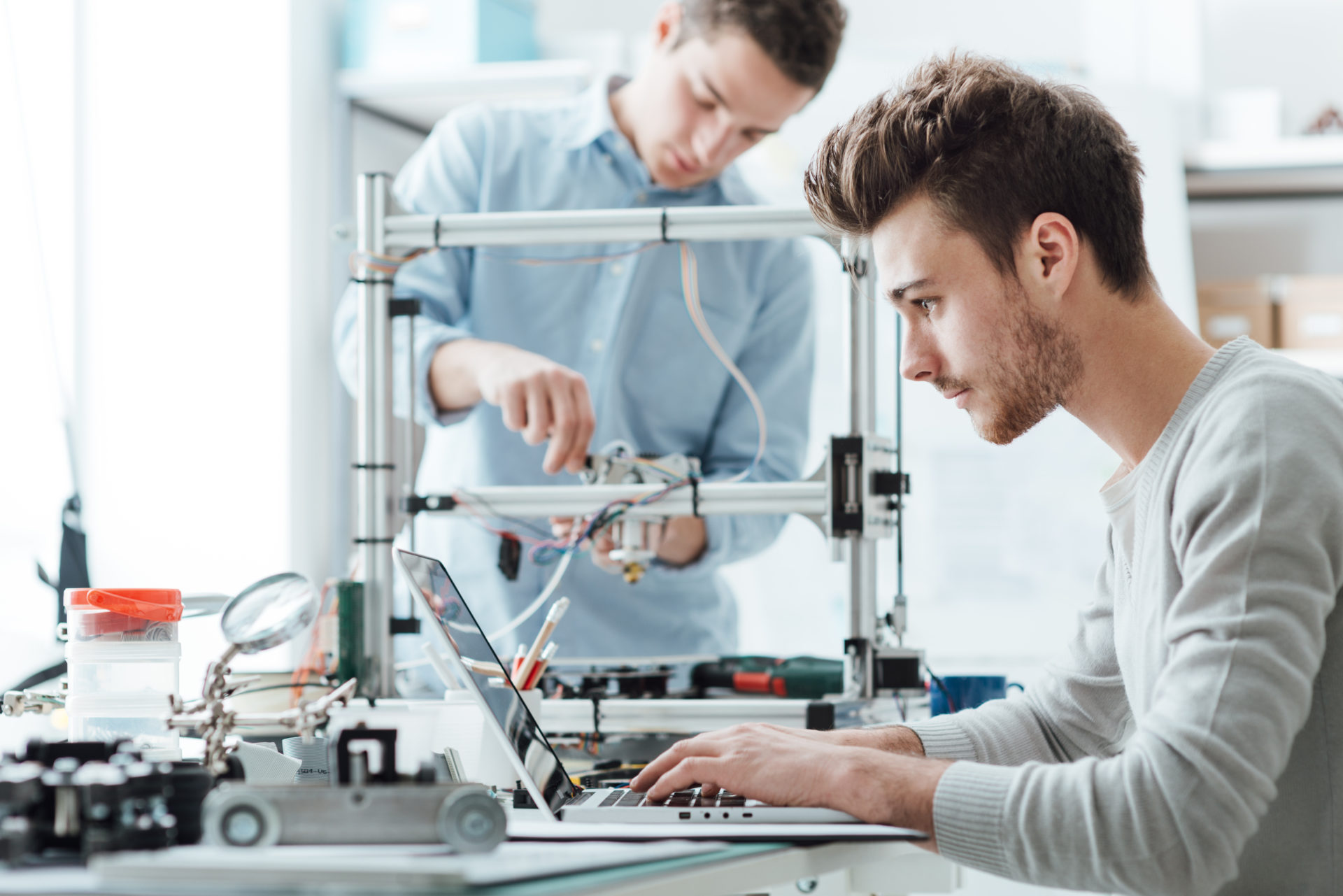The teaching laboratory plays an important role in engineering education, helping the development of cognitive, psychomotor and affective skills. Having spent over twenty years engaging with the laboratory as both a student and staff, it has become increasingly clear how critical a role pedagogy plays in achieving learning and satisfaction success. I have played the role of a ‘troubleshooter’ being assigned to work with academics that needed help identifying and implementing solutions to maximize laboratory success. This was accomplished by being an outsider looking in, combining ethnographic and quantitative methods to appreciate strengths and weaknesses of different styles and approaches. This article will explore some basic interventions applied to traditional, simulation

Figure 1: Recipe to Laboratory Success
and mixed modal laboratory setups.
Several common elements were discovered through active research explaining why some laboratory activities may not meet expectations. At the highest level, failings generally centered on too high a concentration on the cognitive concepts related to the lectures. That is, there were holes in the learning pathway that supported the development of this knowledge. This can be rectified by taking a step back and exploring how the cognitive concepts can be applied using a scaffolded journey that appreciates the many learning benefits achievable through experimentation. This makes the laboratory notes, in terms of the activities being undertaken and the clarity of instruction, most important to success.
The experimental activities need to be scaffolded to provide students the opportunity to develop all the skills needed. This can be seen on two levels: internal and external. Internal scaffolding is simple to address as it is the connection of learning activities within the course. However, external scaffolding, the interconnection between courses can be overlooked. This is especially the case beyond first year courses.
External Scaffolding
A common problem identified with small pockets of students related to expected prior knowledge from prerequisite courses. This is generally not a problem in the standard course flow of a major. However, when a laboratory course was included in multiple majors that result in multiple learning paths, a mismatch in required prior knowledge can occur. Likewise, such problems can arise when students from other institutions (domestic or international) commence study at a point beyond the first year. This can be because course flow and prior knowledge can be solely assessed on cognitive and theoretical concepts and not necessarily on practical knowledge. So, while a student might have previously undertaken a course that taught the theoretical foundations, they might not have been introduced to the hardware and other technologies associated with the laboratory. For example, a student might know everything about an Integrated Circuit, but not know how to connect one in a circuit. Therefore, providing or linking students with appropriate resources from the start can help prevent such students falling behind and losing confidence from the first activity.
Internal Scaffolding
Internal scaffolding is easiest as the coordinator has full control of the learning pathway. Figure 1 provides a four-stage scaffolded approach. The first stage involves introducing the laboratory environment, providing resources to eliminate external scaffolding issues as previously outlined, and should be straight forward and detailed enough to allow students to build confidence and develop threshold skills and knowledge. Building confidence early to support self-efficacy is important, and can make a positive difference in the way students tackle upcoming activities.
The second stage should target troubleshooting skills with greater emphasis in lower year courses. A common observation in disliked laboratories was students unsure of how to move forward, idling while waiting for support from teaching assistants. Generally, when an activity is complex and the troubleshooting procedure is not well understood, workload on the teaching assistants is substantial, further increasing wait times and dissatisfaction. A student’s inability to move forward can impact confidence and result in misguided perceptions regarding the quality of the laboratory activities and facilities. By implementing activities that not only guide students through the troubleshooting process, but also help construct understanding of the theoretical concepts in a synthesized manner, perceptions can be easily readjusted. Many solutions I have implemented have solely focused on getting this right because once students have the know-how and confidence to move forward on their own, their perceptions can completely change.
Once students have developed a strong foundation, gained confidence, and are capable of overcoming hurdles on their own, it is possible to move to stage three. It is now possible to reduce instruction and increase complexity beyond what was taught previously. Use project- or problem-based approaches to encourage and improve inquiry skills. Consider the broader scope of laboratory learning objectives and synthesize them into the activities. Adding some ‘spice’ by having creative components, removing the repetitive feeling of going through the same motions just in a different course, can make a difference. Be always explicit in informing the students of the learning objectives they are working towards. Do not assume students will see the connections. When students do not see the learning potential of an activity, they can easily disengage and lose interest.
The final stage is continuous improvement. It is impossible to get everything right the first go, so it is important to observe, learn and refine. Pay particular attention to the clarity of instruction, if steps or procedures lead to confusion take note and adjust. Also, pay particular attention to workload as making students feel like they need to rush to complete all activities can impact learning. It can also lead to plagiarism and disconnect. This is generally a problem in traditional labs where students have limited time for experimentation. Mixed mode experiments can help in this regard, such as by allowing students to undertake supporting simulations or data collection in their own time, without time pressure. Each laboratory mode has learning advantages and disadvantages that can be applied to maximize the experience.
Tree in the Forest
The final common problem observed is when coordinators think that the laboratory in their course must do everything. They believe that their laboratory activities should include a very long list of items. This is not necessary. Over an entire major, laboratories collectively should cover the 13 laboratory learning objectives. However, if all laboratories across a major did the same thing, the laboratory would turn into a boring repetitive process. How unimaginative if every course contained a laboratory report, do they all need to meet this one objective? Create a plan over the entire major to tackle the objectives through a pathway of laboratory variety and spice. Together, the four stages and recommendations will help make a difference to any underperforming laboratory implementation.


